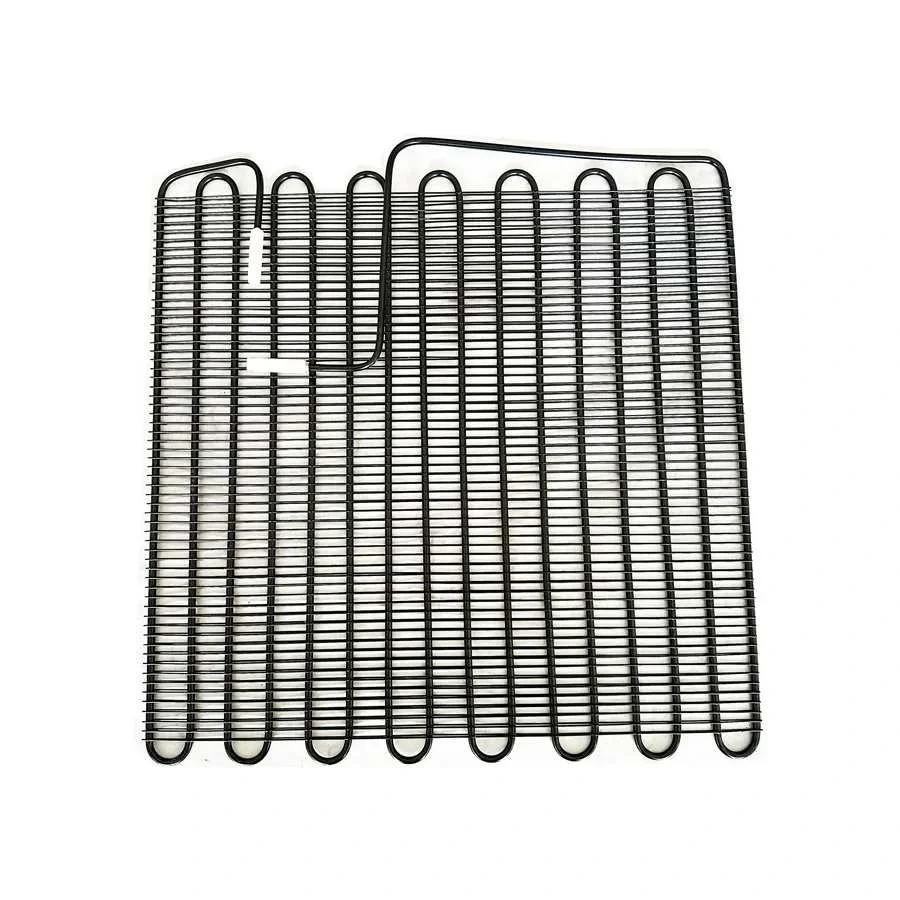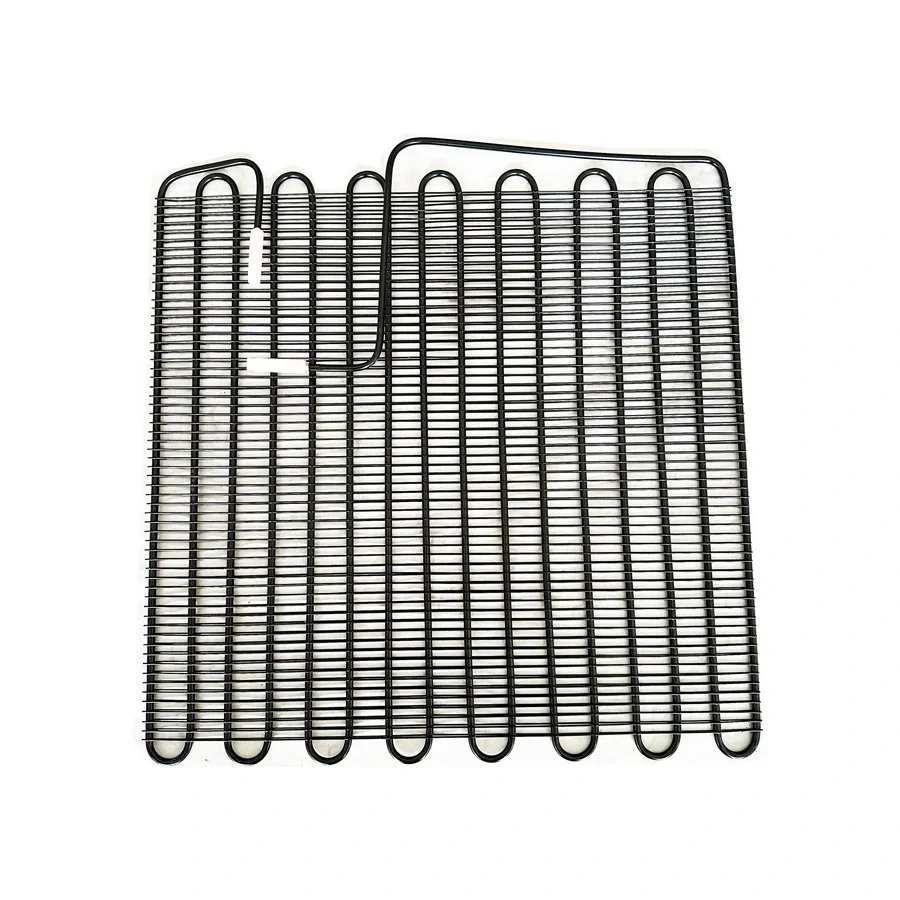Wire-tube condenser is a common heat exchanger widely used in air conditioners, refrigeration equipment, automobile cooling systems, and other fields. Its manufacturing process and material selection play a vital role in its performance and service life.

First, let's take a look at the manufacturing process of the wire-tube condenser. The first step in making a wire-tube condenser is to choose the right material. Generally speaking, the tube and shell materials of the wire-tube condenser need to have good thermal conductivity, corrosion resistance, and mechanical strength. Common tube materials are copper, aluminum, and stainless steel, while the shell material is usually steel or aluminum alloy.
The next step is to make the key step of the wire-tube condenser - welding. Welding is the process of joining tubing and shells together. Commonly used welding methods are brazing and electric welding. Brazing is done by heating the filler material so that it melts and joins the tube and shell. Electric welding uses an electric arc to generate high temperatures that melt and join the pipe and shell together. The quality of welding directly affects the performance and service life of the wire-tube condenser, so the control of the welding process is very important.
In addition to welding, another important manufacturing process is the forming of tubes. Generally speaking, the tube of wire-tube condenser needs to be bent, flared, and other processes to meet different usage requirements. These processes require the use of special equipment and tools to ensure that the shape and size of the tube meet the design requirements.
When making a wire-tube condenser, the choice of material is also very important. First of all, the selection of pipes should take into account thermal conductivity and corrosion resistance. Copper is a commonly used pipe material, which has good thermal conductivity and corrosion resistance, but the cost is relatively high. Aluminum, another commonly used tubing material, has better thermal conductivity and lower cost but has poor corrosion resistance. Stainless steel is an option that has both good thermal conductivity and good corrosion resistance but at a higher cost. Second, the choice of shell material should take into account mechanical strength and corrosion resistance. Steel has better mechanical strength and corrosion resistance but is heavier. Aluminum alloys have better mechanical strength and lower weight, but poor corrosion resistance. According to the specific use environment and requirements, it is very important to choose the appropriate combination of materials.
To sum up, the manufacturing process and material selection of the wire-tube condenser play a vital role in its performance and service life. The control of the welding process and the forming of the tube are key steps in the manufacturing process, while the material selection of the tube and shell need to consider factors such as thermal conductivity, corrosion resistance, and mechanical strength. Only by strictly controlling the process and selecting suitable materials during the manufacturing process can a high-quality wire-tube condenser be produced to meet various usage needs.
https://www.ningbo-senjun.com/Manufacturing-process-and-material-selection-of-wire-tube-condenser.html
How to choose the right wire tube condenser?
Different types of wire tube condensers
How to choose a refrigeration wire tube condenser?
Advantages and application fields of wire-tube condenser
https://www.ningbo-senjun.com/Manufacturing-process-and-material-selection-of-wire-tube-condenser.html
